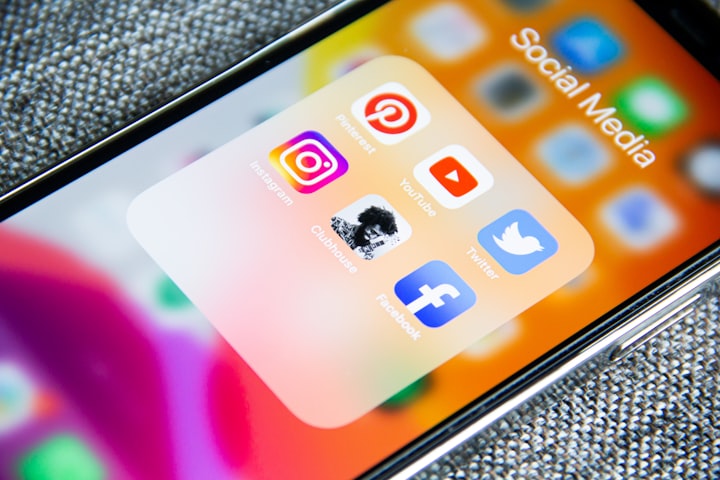Role of Social Media in Alerts
Explore the use of platforms like Twitter and Facebook for spreading emergency information and potential challenges
In the bustling city of Metroville, life moved at an electrifying pace. Amidst the constant buzz of activity, one thing remained consistent: the power of social media. Twitter and Facebook were more than just platforms for sharing memes and life updates; they were becoming crucial channels for disseminating critical information during emergencies.
One sunny morning, the city awoke to an unexpected downpour that quickly escalated into a torrential rainstorm. Roads were flooded, traffic was paralysed, and panic started to ripple through the streets. Amidst the chaos, a local resident named Maya realised the importance of social media's role in alerting the community.
Maya, an avid social media user, quickly logged into her Twitter account. With rain-soaked fingers, she composed a tweet warning her fellow citizens about the rising floodwaters and the dangerous conditions. Using relevant hashtags, she urged people to stay indoors and avoid unnecessary travel. Little did she know that her tweet would become the spark that ignited a digital chain reaction.
Within minutes, Maya's tweet gained traction. Retweets and shares echoed across the virtual realm, carrying her message to thousands of screens. Concerned citizens began retweeting her post, adding their own updates and observations. The hashtag #MetrovilleFloodAlert started trending, rapidly turning into a virtual command centre for emergency updates.
Elsewhere in the city, local authorities and emergency responders were facing their own challenges. The inundated phone lines and overwhelmed emergency services struggled to keep up with the flood of distress calls. Recognising the power of social media, they harnessed the platforms to reach the public directly.
The city's official Twitter account posted regular updates on evacuation routes, emergency shelters, and safety guidelines. Government agencies collaborated to provide accurate information and dispel rumours in real-time. Facebook groups dedicated to neighbourhood watch initiatives transformed into information hubs, sharing maps of affected areas and offering assistance to those in need.
As the rain continued to pour, a new challenge emerged. False information and unverified rumours started to infiltrate the digital space. Misleading posts claiming to be from official sources led to confusion and panic. The city was now grappling with a dual-edged sword: while social media rapidly spread information, it could also amplify misinformation.
Recognising the gravity of the situation, a group of tech-savvy volunteers stepped up. They created a dedicated website aggregating verified updates and accurate information from official sources. The website became a beacon of truth in a sea of uncertainty, offering a reliable reference point for citizens seeking information.
Over the course of the day, the role of social media in emergencies became clear. While it facilitated the swift spread of crucial information, it also underscored the necessity of responsible sharing. Authorities and citizens alike realised the importance of verifying information before sharing it, ensuring that the digital space remained a source of clarity rather than chaos.
As the storm eventually subsided and the city began its recovery, Maya and the volunteers behind the information website were recognised for their invaluable contributions. Their actions exemplified the power of social media as a force for good in emergencies.
The rainstorm served as a watershed moment for Metroville, highlighting the pivotal role of platforms like Twitter and Facebook in alerting and uniting the community during times of crisis. It was a reminder that while technology could be a double-edged sword, it ultimately depended on the users to wield it responsibly.
In the end, the story of Metroville's flood became a digital legend, a testament to the potential of social media as both a tool for spreading emergency information and a challenge that required vigilance and discernment from its users.
About the Creator
Solomon Obarakpo
Crafting stories that spark connections






Comments
There are no comments for this story
Be the first to respond and start the conversation.